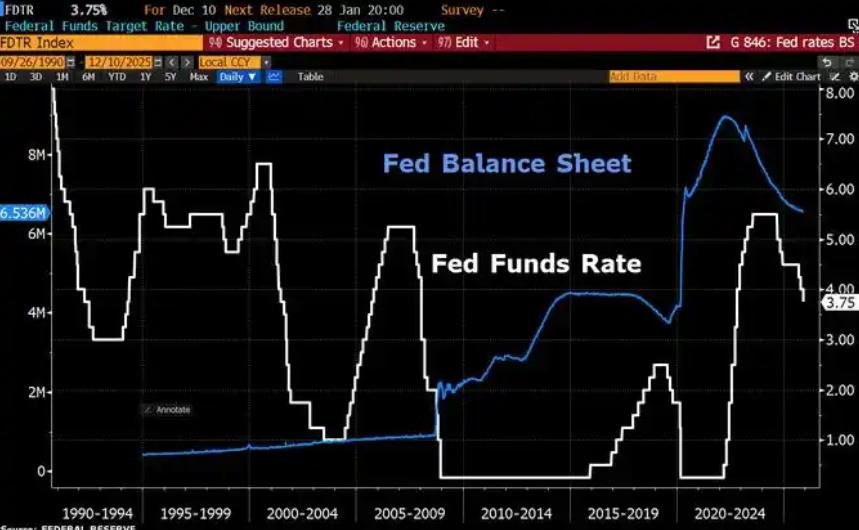
Gold prices fell again this week due to the easing of China-US trade tensions and the strengthening of the US dollar, which significantly cooled market demand for safe-haven assets. As relations between China and the US in the tariff trade sector eased, investors' optimism about the global economic outlook increased, pushing the US dollar index to a nearly four-month high. Consequently, the opportunity cost of holding gold rose, further suppressing gold price performance.
According to the latest reports, senior economic officials from China and the United States discussed the framework of a trade agreement. This potential trade deal would be an unexpected surprise for the market. On the other hand, the easing of trade relations between the two sides has also reduced gold's appeal as a safe-haven asset, leading funds to flow from the precious metals market to risk assets.
Gold price fluctuations are influenced by both the strengthening of the US dollar and the easing of China-US trade relations. When the status of the dollar as the world's primary reserve currency and medium of exchange is reinforced, the appeal of gold as a traditional safe-haven asset is relatively weakened. At the same time, because gold and the dollar usually exhibit a negative correlation and gold does not generate interest, a stronger dollar makes gold more expensive for holders of other currencies, further suppressing investors' demand for gold. In addition, the easing of China-US trade agreements sends positive signals to the market, cooling risk-averse sentiment and potentially causing funds to flow from safe-haven assets such as gold to riskier assets, putting downward pressure on gold prices.
The renewed decline in gold prices is about to bring multiple impacts. For gold-producing companies, profit margins are being squeezed, potentially leading to revenue decline, reduced investment, and even pressure to lay off employees. At the same time, for investors holding gold assets, the value of their assets is facing depreciation, with particularly significant impacts on those who consider gold an important hedging or safe-haven tool. In addition, falling gold prices will also affect the prosperity of related industries, such as jewelry processing and gold refining. However, from a macroeconomic perspective, the continuous decline in gold prices may reflect a cooling of market inflation expectations, indicating a temporary easing of risks in the global economic environment, a trend toward stable global economic recovery, and a gradual restoration of market confidence.
Faced with the dual impact of a stronger US dollar and the easing of China-US trade relations causing gold prices to decline, adjusting gold investment strategies becomes particularly important. Investors should reassess the role of gold in their asset allocation, reducing direct holdings of gold and seeking other assets that may benefit from a stronger dollar. Moreover, in response to the structural changes brought about by the easing of China-US trade relations, investors should lower gold's weight as a safe-haven asset and shift towards higher-growth-risk assets, such as technology stocks and emerging market bonds. At the same time, investors should view market changes dynamically, optimize their portfolios and diversify, and respond flexibly to potential market risks according to market volatility patterns.
In summary, the progress of the China-US trade agreement and the strengthening of the US dollar have had significant and multifaceted impacts on the gold market. In the short term, gold prices have come under pressure and declined due to a cooling of market risk sentiment and the rising opportunity cost of holding gold, posing certain challenges for gold producers and investors holding gold assets. However, from a long-term and macroeconomic perspective, the decline in gold prices may also indicate a temporary alleviation of risk factors in the global economic environment and a gradual recovery of market confidence. Against this backdrop, investors need to flexibly adjust their gold investment strategies, reassess the role of gold in their asset allocation, and actively explore other asset categories that may benefit from the current market environment, in order to optimize and diversify their investment portfolios.

Since 2022, the Fed has cumulatively reduced its balance sheet by $2.4 trillion through quantitative tightening (QT) policies, leading to a near depletion of liquidity in the financial system.
Since 2022, the Fed has cumulatively reduced its balance sh…
On December 11 local time, the White House once again spoke…
Fiji recently launched its first green finance classificati…
Recently, the European Commission fined Musk's X platform (…
At the end of 2025, the situation in the Caribbean suddenly…
The U.S. AI industry in 2025 is witnessing a feverish feast…